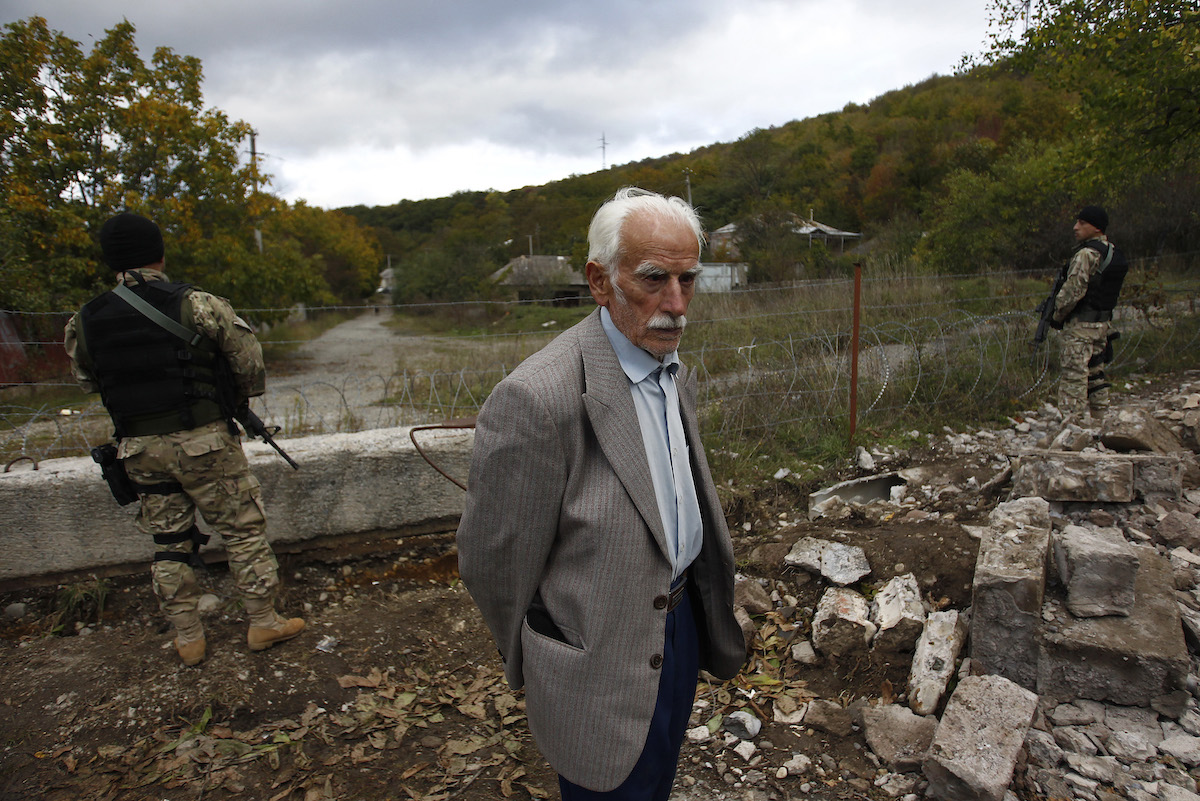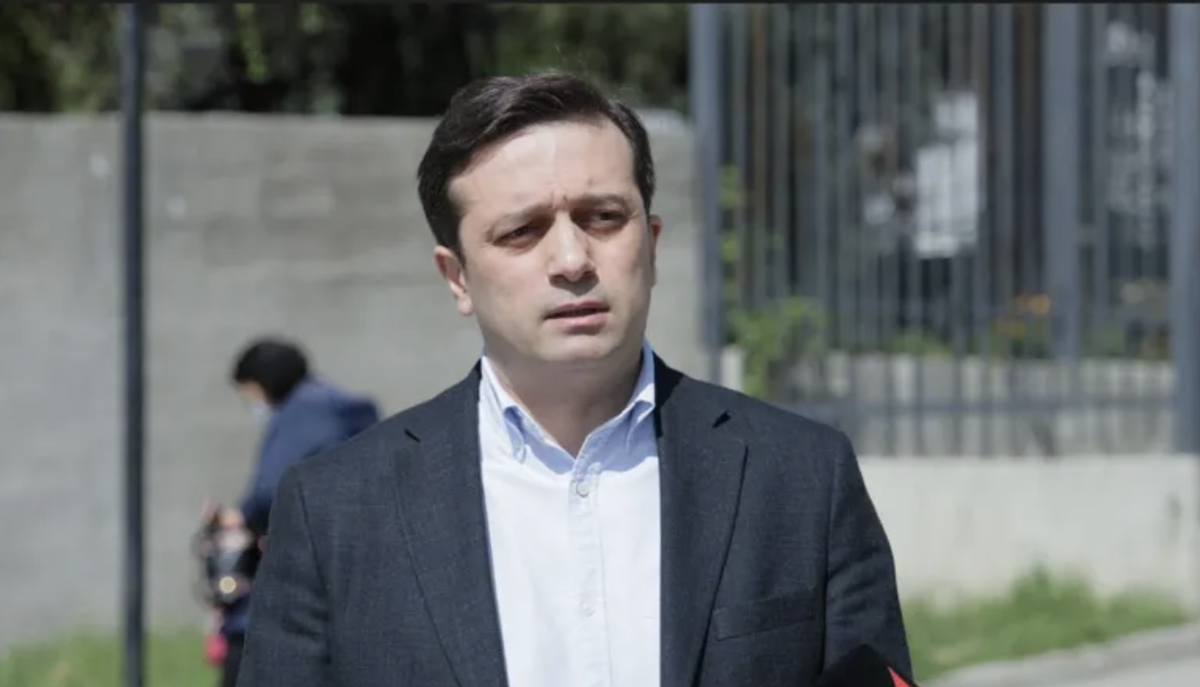Russian military kills Georgian citizen, Tbilisi demands international response
Russian military kills Georgian citizen
The Georgian government has urged the international community to condemn the killing of a Georgian citizen on Georgian territory by Russian occupation forces. President Salome Zurabishvili has referred to the incident as a “brutal attack on Georgian statehood.”
This incident occurred on November 6 near the village of Kirbali in the Gori district, within the Georgian-Ossetian conflict zone. The Russian military fatally shot Georgian citizen Tamaz Ginturi and kidnapped another Georgian citizen.
According to Mtavari TV station, Tamaz Ginturi was a former special forces officer and a veteran of the 2008 Russian-Georgian war. The TV channel has also shared a photo of the deceased man.
Radio Liberty has reported that the victim is the brother of Nikoloz Ginturi, a member of the opposition National Movement faction in the Gori City Council.
Georgian media has stated that since 9:00 PM the entrance to the village of Kirbali has been blocked by the police, with journalists being denied access to the village center and the occupation line. Local authorities and members of the opposition party “United National Movement” are present at the scene, and representatives of the EU observer mission have also entered the village.
How the murder happened
According to David Tsertsvadze, a representative of the Gori municipality in Kirbali, on November 6, Tamaz Ginturi and Levan Dotiashvili visited the village cemetery and then proceeded to the Lomisi church to light candles. Tsertsvadze reports that the Russian military attempted to stopped them and opened fire.
Tamaz Ginturi succumbed to a gunshot wound and Levan Dotiashvili was abducted. David Katsarava, leader of the Anti-Occupation Movement, also confirmed this incident on his Facebook page, stating that a Georgian citizen was killed near the Lomisi church.
◤ The Russian military holds control over the separation line from the South Ossetian side in the Georgian-Ossetian conflict zone. Georgia refers to this line as the “line of occupation.” The village of Kirbali is situated in close proximity to this line and garnered attention in late October 2023. During that period, reports emerged that the Russian military had entered the premises of the Lomisi Monastery and blocked its doors. Andria Jagmaidze, the head of the Public Relations Service of the Patriarchate of Georgia, explained at the time that the Russian military’s presence was prompted by the appearance of a Georgian flag in the area. ◢
President Zurabishvili labeled the incident “a brutal attack on Georgian statehood” and called upon the international community to “unambiguously condemn Russia’s actions, which brazenly and shamelessly violate all international norms.”
Prime Minister Irakli Garibashvili described the incident as “the most terrible” on Russian-occupied territory and urged the Russian military to collaborate in identifying and punishing those accountable.
He also appealed to the international community to provide an appropriate assessment of the situation. On his Facebook page the prime minister stated, “The killing of a Georgian citizen by Russian occupation forces in the village of Kirbali once again underscores the challenging security situation on the ground and highlights the grave consequences of the occupation.”
The initial release of information about the murder of one Georgian citizen and the abduction of another was made by the state security service.
______________________
The village of Kirbali is located just 30 kilometers from Gori, in close proximity to the separation line. In 2022, the Russians established a new checkpoint in this area. In a protest against the occupiers’ actions, local residents removed and discarded a banner bearing the words “State Border” that had been set up by the Russians.
Fenced In: Stabilising the Georgia-South Ossetia separation line.
● After the August 2008 war, Russian military personnel stationed around the perimeter of the conflict zone began displaying white and green banners along the administrative border that read “State Border” and “South Ossetia. The function of this border is performed by barbed wire fences. The Russian and Ossetian sides call this process “borderization”. They claim that when establishing the border they are guided by old Soviet maps. In particular, they draw this border along the Akhalgori district, ensuring that all villages in the district are within South Ossetia.
The Georgian side calls this process “creeping annexation” and claims that the Russian side is seizing new Georgian land every time. Barbed wire is often laid so that Georgian villages are cut in half. As a result, many locals have lost pastures, access to ancestral koalbis, etc.
● Russian military control movement near the “state border” very strictly. People are detained even where there is no barbed wire or “border” sign yet.
There are frequent reports from the conflict zone that the Russian military arrested a Georgian citizen who was either grazing cattle in a pasture near a village or gathering herbs and mushrooms in a nearby forest. These villagers are then accused of “crossing the state border”.
There was an incident where the Russian military detained five young Georgians who were hiking with backpacks in the Truso Valley. Their release required several days and the intervention of international organizations.
Typically, those detained are held in an isolation center in Tskhinvali and are released after paying a fine.




















